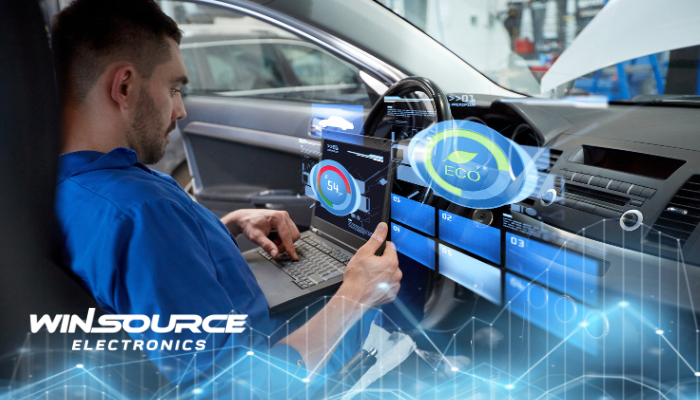
* Question
What are the characteristics of the body CAN network in automotive systems?
* Answer
The Body Controller Area Network (Body CAN) is a key communication bus within modern automotive electrical architectures. It interconnects various comfort, convenience, and body-control modules, such as lighting, door locks, climate control, and wiper systems. Compared with powertrain or chassis networks, the body CAN emphasizes moderate speed, high reliability, and cost efficiency.
1. Operating Speed and Data Rate
The body CAN typically operates at a data rate of 125 kbps to 500 kbps, which is lower than that of the powertrain CAN (up to 1 Mbps).
This moderate speed is sufficient for body control applications that exchange non–time-critical data, such as switch signals and actuator commands.
2. Network Topology and Communication
Body CAN networks usually adopt a bus topology, where all nodes share the same two-wire communication line (CAN_H and CAN_L).
The communication is multi-master and message-based, meaning any node can transmit when the bus is free, and messages are prioritized using an identifier-based arbitration mechanism.
3. Message Characteristics and Data Volume
Unlike powertrain CAN, which handles continuous real-time data, body CAN messages are typically event-triggered and low bandwidth.
For example, door modules transmit signals only when a switch is activated, and lighting modules send data upon user or sensor input, optimizing network efficiency.
4. Fault Tolerance and EMC Performance
The body CAN is designed with robust error detection and fault confinement features, ensuring communication stability even under noise or partial line failures.
It maintains strong electromagnetic compatibility (EMC) performance, which is essential given the high concentration of electronic modules within vehicle cabins.
5. Integration and Scalability
Body CAN networks often serve as a sub-network linked to the vehicle’s gateway ECU, which bridges it with other domains such as powertrain CAN, infotainment CAN, or LIN buses.
This layered architecture enables modular expansion, making it easier for manufacturers to integrate new body features without redesigning the entire communication backbone.
Summary
Feature | Description |
Typical Data Rate | 125–500 kbps |
Topology | Two-wire bus network |
Communication Type | Multi-master, message-based |
Key Applications | Lighting, door locks, HVAC, mirrors, wipers |
Advantages | Reliable, scalable, and cost-effective |
In summary, the Body CAN network strikes a balance between communication speed, cost, and reliability. It provides a stable and efficient backbone for managing vehicle body functions, ensuring seamless coordination among distributed electronic control units (ECUs).

COMMENTS